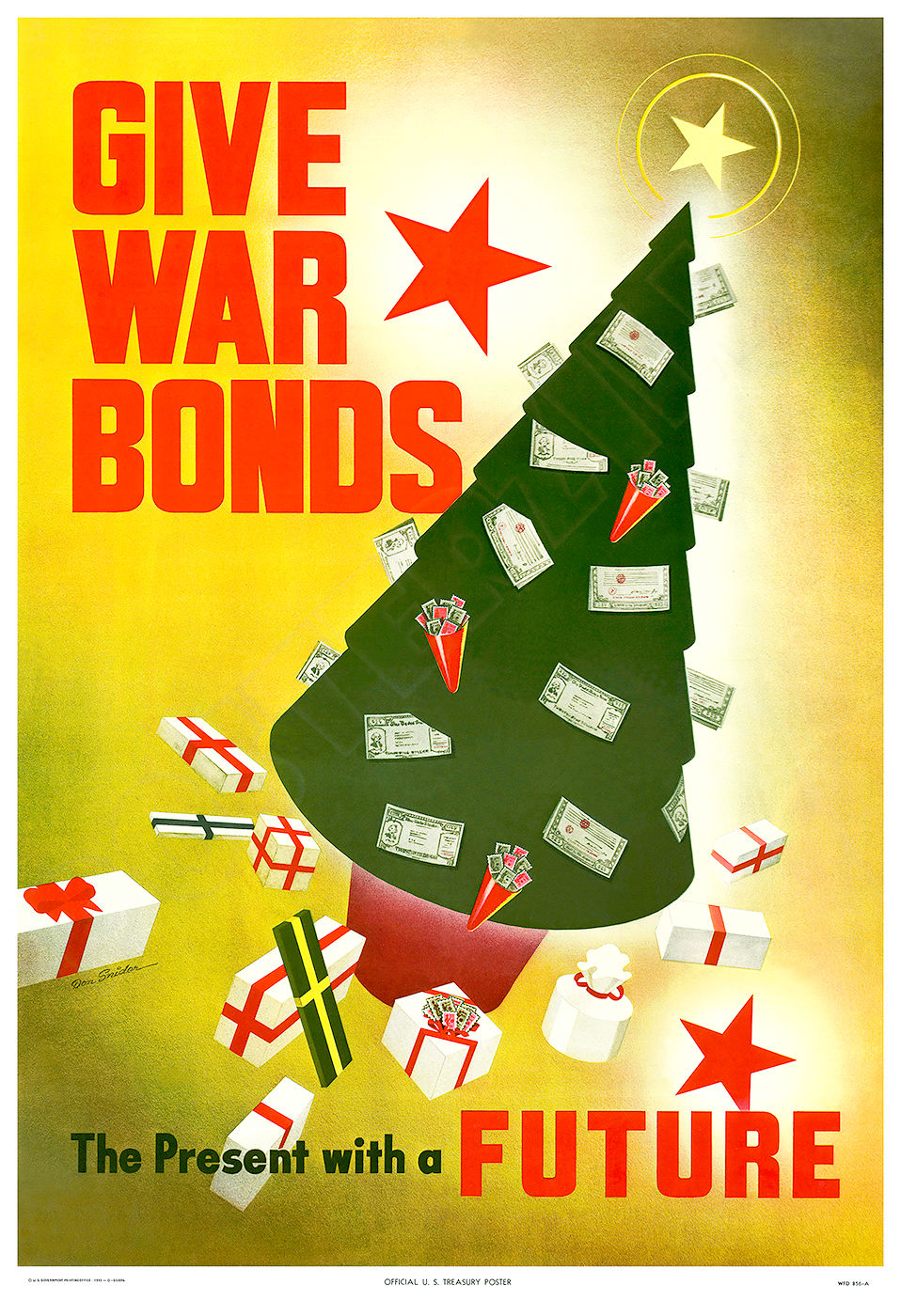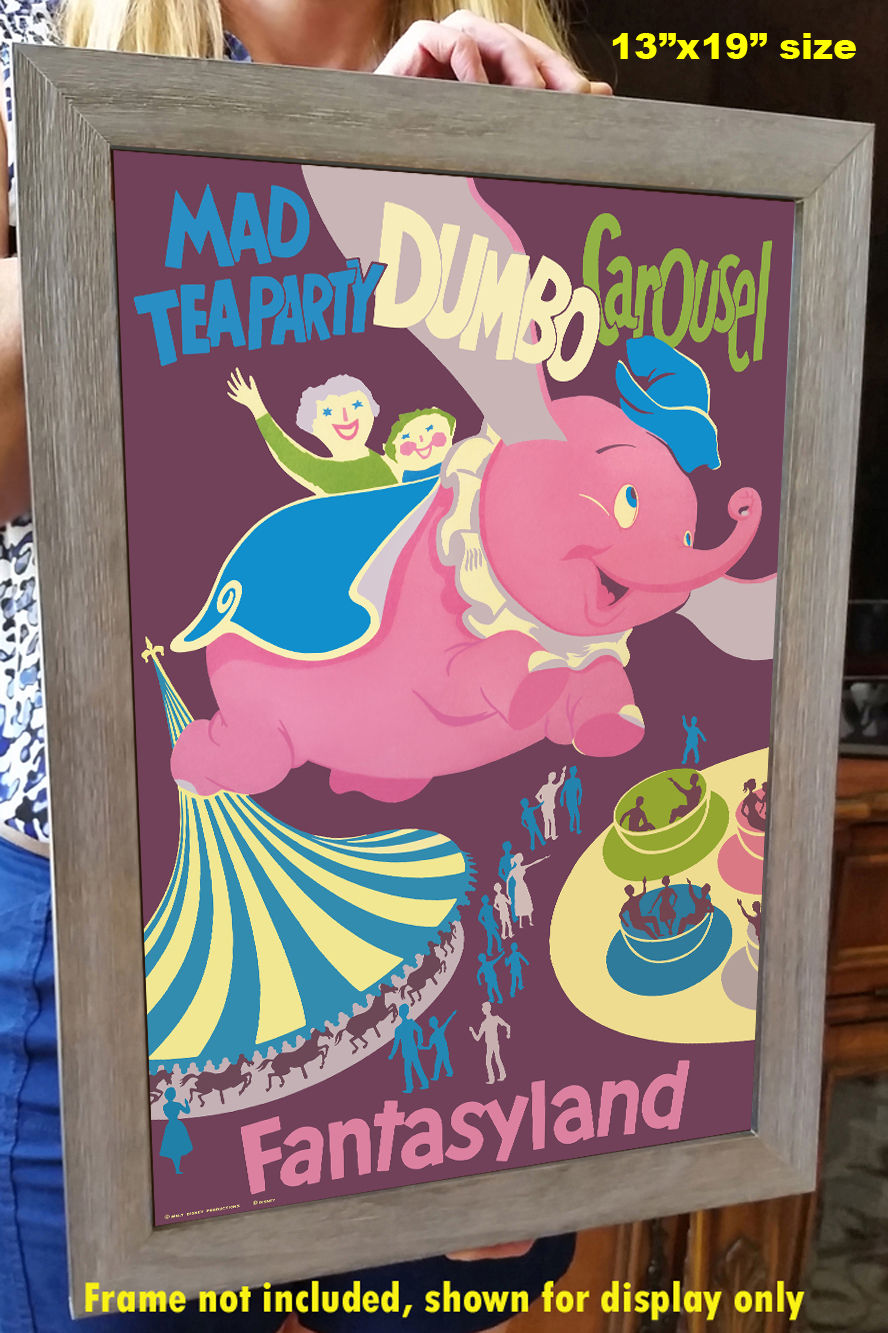This beautiful poster has been re-mastered from a circa 1930 advertising brochure for Santa Monica and the Ocean Park district of the city.
The vibrant colors and detail of this classic image have been painstakingly brought back to life to preserve a great piece of history.
The high-resolution, image is printed on 13" x 19" or 17”x22” archival photo paper, on a large-format professional-grade giclée process printer. The poster is shipped in a rigid cardboard tube and is ready for framing.
The 13" x 19" and 17"x22" formats are excellent images size that look great as a stand-alone piece of art, or as a grouped visual statement. A wide variety of frames are readily available at your local craft or hobby retailer, and online.
A great vintage print for your home, shop, or business!
Santa Monica and Ocean Park Pier History
In 1916, famous carousel manufacturer Charles I.D. Looff arrived in Santa Monica and purchased the land immediately south of the Municipal Pier for development.
Looff provided Santa Monica’s north beach with its first successful amusements, including the Blue Streak Racer roller coaster. The Hippodrome housed the Pier’s Carousel, and the building still stands today with the distinction of being Santa Monica’s first National Historic Landmark. The Carousel was built in 1922 on the Pleasure Pier and features 44 hand-carved horses. It was rebuilt in 1990 inside the Looff Hippodrome. A calliope provides musical accompaniment.
In 1918 Looff passed away, and his family continued to run the pier until 1923, when they sold it to the Santa Monica Amusement Company, a group of local businessmen intent on expanding the famed amusement man’s dream. Their plans included expanding the Pier’s thrill rides, beginning with the removal and replacement of the Blue Streak Racer with a larger, faster coaster – the Whirlwind Dipper – in 1924. They also added one of the richest chapters in the Pier’s history – the La Monica Ballroom.
Vast and ornate, the ballroom consumed so much of the Pier that, when viewed from the beach, it appeared as a monumental building floating magically above the sea. In 1948, famed country swing music star Spade Cooley televised his weekly TV program from this ballroom; it was the first time that a musical TV show was ever televised live.
Almost as soon as the Pier was conceived in the early 1900’s the notion that a breakwater and yacht harbor would make an ideal companion to the pier circulated regularly. In 1933 this became a reality, and Santa Monica Yacht Harbor was born. The harbor was home to a collection of yachts, fishing boats and a cruise liner to Catalina.
The 1930’s also brought about another very popular attraction to the Pier’s atmosphere – world famous “Muscle Beach.” Famous bodybuilders such as Jack LaLanne and Joe Gold (Gold’s Gym) regularly worked out here, establishing Santa Monica as the birthplace of the physical fitness boom.
In 1940 the famous neon sign at the top of the Pier ramp was installed by the Santa Monica Pier Businessmen’s Association to celebrate the opening of the newly-built ramp. It is an internationally-recognized tourist destination and a symbol of the Southern California lifestyle.
In 1943 Walter Newcomb purchased the Looff Amusement Pier. Newcomb had been managing the Pier’s operations at the time, and also owned the arcade and gift shop. Not long thereafter, his name had become so associated with the southern half of the Pier that it became known as the Newcomb Pier. His family (some of whom are present here tonight) owned the amusement pier for 40 years until they sold it to the City in the early 1970’s.
The Pier managed to carry on through the 1950’s and 60’s, satisfying fishermen, tourists and locals alike. The other famous piers along the Gold Coast, however, disappeared one by one. The glamour of the amusement piers had given way to the inland theme parks such as Disneyland.
In 1973, the fate of Santa Monica Pier seemed to be the same as that of its neighbors. The City Council had slated the Pier for destruction in favor of a man-made island which would host a resort hotel. Santa Monica, often referring to itself as a “sleepy little beach town,” woke up – its citizens in a rage over the thought of losing the last of its famous landmarks. After much publicity and the deliverance of a petition to their attention, the Council rescinded their plans to build the island.
In 1983 Mother Nature was determined to accomplish what the former City Council could not. A pair of violent winter storms destroyed over one-third of the Pier’s length. Gone were the cafes, the bait shop, the rock shop and the harbor patrol station. The Pier in its entirety seemed too badly beaten to survive. But the people, true to their mission in 1973, put forth the effort to save the Pier again. By April 1990 the entire western structure had been rebuilt.
In 1996 Pacific Park opened, bringing back the first full-scale amusement park on the Pier since the 1930’s, and the first roller coaster, the West Coaster, since the Whirlwind Dipper let off its last customers over six decades earlier.
The new millennium has continued with that momentum and today the Pier is as vital as it has ever been, drawing over four million visitors annually. Today’s Pier atmosphere is decorated with a variety of street performers and artists who put their talents on display for crowds of admirers every day. Below the Pier’s eastern deck is the Santa Monica Pier Aquarium, where you can experience some of the denizens of the Santa Monica Bay up close and personal. And, of course, the Pier’s Carousel still offers old-fashioned entertainment for under a dollar. The Pier today is a popular recreational destination as well as a vibrant reminder of the past.
top of page
$19.95Price
Color: Red
These are simply the best posters available! You will be thrilled with the image quality, vivid colors, fine paper, and unique subjects.
Our posters are sized for standard off-the-shelf frames, with no custom framing required, providing huge cost savings!
Related Products
bottom of page































